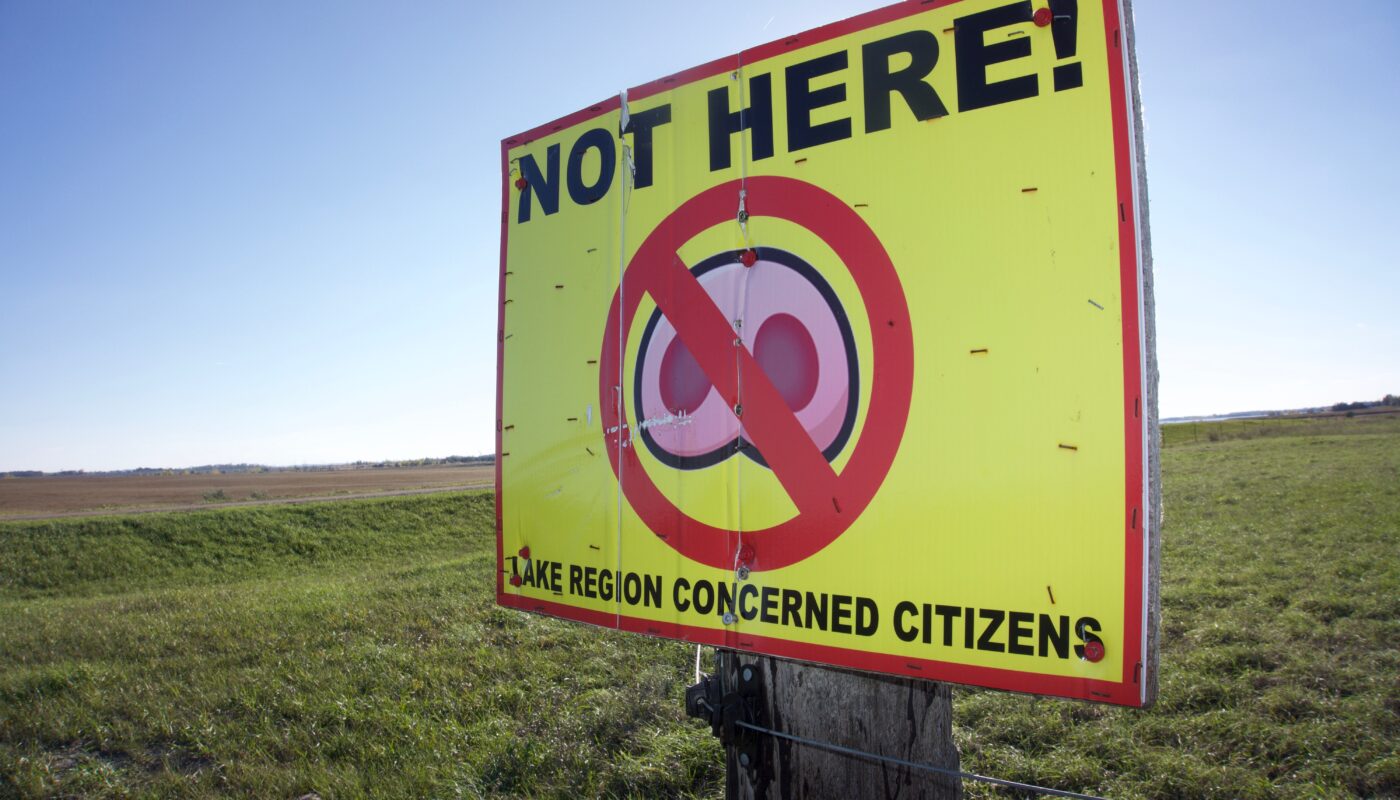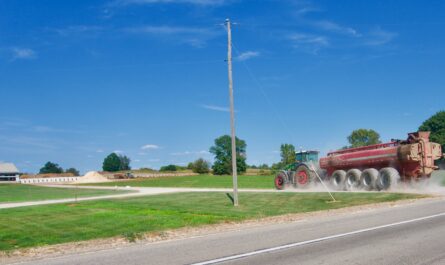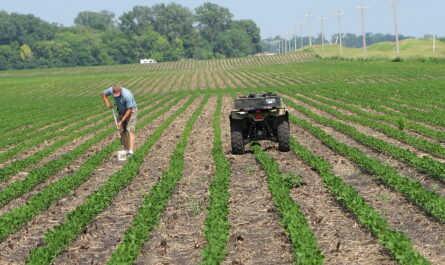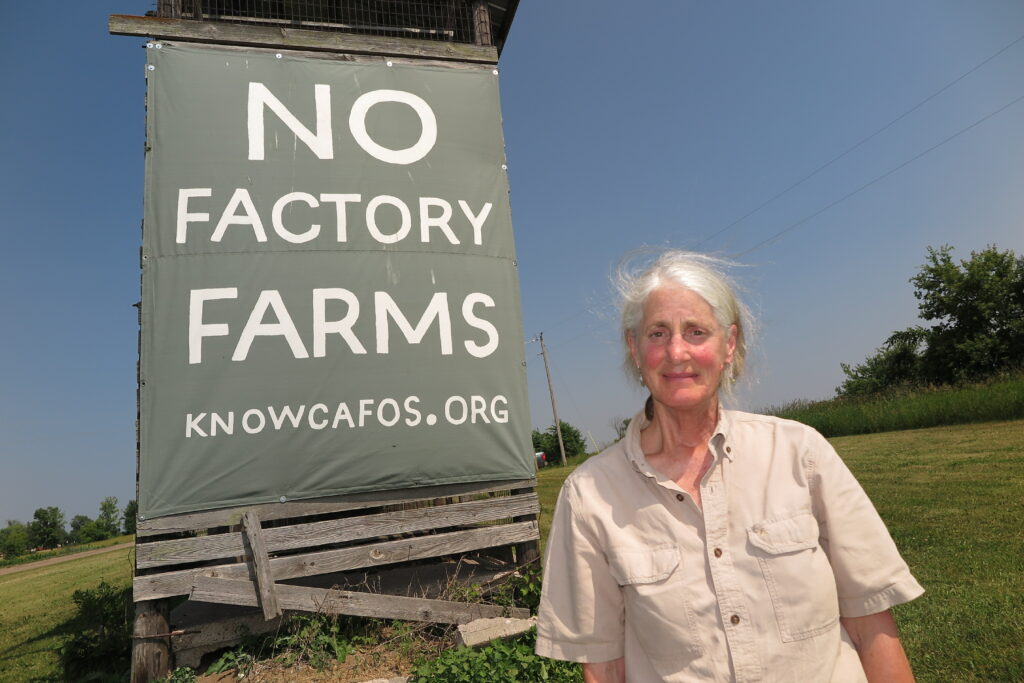
is in northwest Wisconsin. Lisa Doerr is one of the leaders. (Photo/Keith Schneider)
For two years I’ve investigated and reported on the biggest water pollution scandal in the United States — the mammoth unregulated discharge of phosphorus and nitrates from commercial fertilizer and manure into the nation’s surface and groundwater. Agriculture is the source of the worst water pollution in the country’s history. More than coal mining and combustion. More than chemical or steel manufacturing. More than oil refining. More than sewage treatment. More than hard rock mining. No other industrial sector has fouled water the way agriculture does.
My reporting has found that the causes are numerous and systemic. Federal and state farm policy has encouraged the concentration of crop and livestock operations — a $1.3 trillion industrial sector – into fewer and much, much larger polluting operations. Farms spread considerably more nutrients on the land than is needed to raise abundant crops. The nation and states do not regulate pollution from agricultural operations. Major agricultural trade groups, in alliance with federal and state lawmakers, have consistently and persistently insulated producers from taking responsibility and accountability for their wastes.
The consequences of toxic farm nutrient pollution also are miserable. Fish kills. Harmful toxic algae blooms. Noxious odors that drive people out of communities. A study by Food and Water Watch last year found that from 1982 to 2017 Iowa’s population increased 8 percent. But in the Iowa counties where the largest industrialized hog facilities operate, the population dropped 44 percent. And then there is disease and cancer. Iowa, the most nitrate-polluted state has the second highest incidence of cancer in the country and is the only state where cancer incidence is rising. Of the 15 states with the highest incidence of cancer five are Corn Belt states, where the lion’s share of corn (the most heavily fertilized crop) and the largest number of big livestock operations are located.
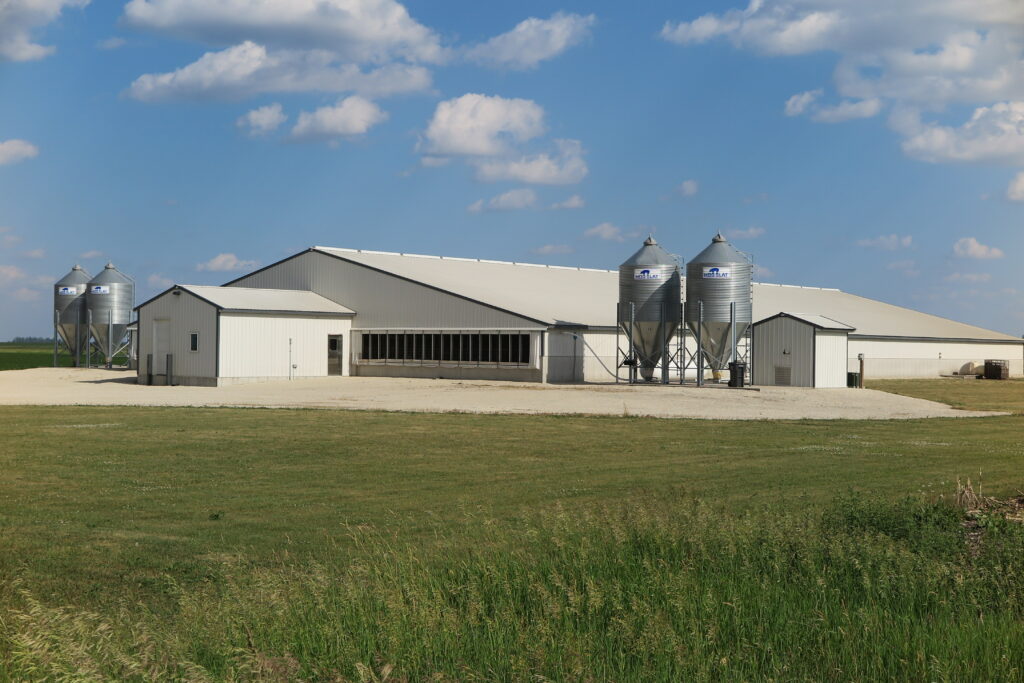
of water contamination in the Corn Belt (Photo/Keith Schneider)
The intent of project investigative journalism is to elevate complex issues to greater public attention and stay at it. The goal is for circumstances to shift, even a little, and then develop the issues into a running story. We’re close, I think, to this becoming a running story. I like to think that our Toxic Terrain project is making a difference. Projects like this one that I’ve done in the past — I’ve taken on six others on pesticides, biotechnology, nuclear weapons production, environment risk and benefit, suburban sprawl, water supply in China — produced public interest improvement.
Our role is to explain, elevate, call out inequities and insanity, and make the complexity of the issues simpler to understand. In those previous projects the reporting produced real improvements. Fortunately, that’s starting to occur with this project because there’s so much civic restiveness about revealing the scandal and ending the pollution. And so many good stories to tell. We’re seeing some fracturing in the resistance to oversight. Austin Baeth, an Iowa state representative pledged to hold hearings next year on the causes of cancer. He announced the hearings after our piece on cancer and nitrates in Minnesota posted. In Nebraska, the University of Nebraska is investigating the links between nitrate contamination and startlingly high rates of pediatric cancer. Nebraska Gov. Jim Pillen, a major hog producer, attracted national attention after attacking a Flatwater Free Press reporter for her articles on all the contamination they generated.
And now the U.S. Environmental Protection Agency is stepping in. This month the E.P.A. directed three state agencies in Minnesota to address the “imminent and substantial endangerment to the health” of thousands of southeast Minnesota residents exposed to high levels of nitrate contamination in their drinking water.
In one of the strongest orders ever issued by the federal environmental agency to limit farm pollution from livestock and crop production, the E.P.A. directed three state agencies to collaborate on a plan of action to immediately reduce the risk of drinking nitrate-contaminated water. The E.P.A. also called on Minnesota to more stringently regulate manure management at large livestock operations, a primary source of the contamination.
The E.P.A. demands for action on nitrate pollution came in a letter to the Minnesota Pollution Control Agency, the Minnesota Department of Health, and the Minnesota Department of Agriculture issued on November 3. It responds to a petition filed last spring by the Minnesota Center for Environmental Advocacy (MCEA) and 10 other groups calling on the agency to investigate. The E.P.A.’s response to the petition comes as federal and state authorities in Corn Belt states express much greater concern in addressing the threats from farm-related water pollution.
“We know what causes this pollution. It’s time for Minnesota’s agricultural lobby and the Department of Agriculture to come to the table and agree to real solutions to eliminate this public health threat,” Leigh Currie, MCEA director of strategic litigation, said in a press release.
Concern Across Corn Belt
Nitrate contamination risks extends well beyond Minnesota. In June, in a separate action, the E.P.A. said it would formally assess the risk to human health from nitrates in drinking water. “The feds are interested in human health,” said Jeff Broberg, director of the Minnesota Well Owners Organization, an advocacy group. “That’s been the missing link in considering the hazards of nitrate pollution.”
The E.P.A. said its priorities in Minnesota included testing drinking water in the region, contacting individual and families at risk, and providing alternate sources of clean drinking water “for as long as nitrate concentrations in the groundwater remain at or above” the federal drinking water limit of 10 parts per million.
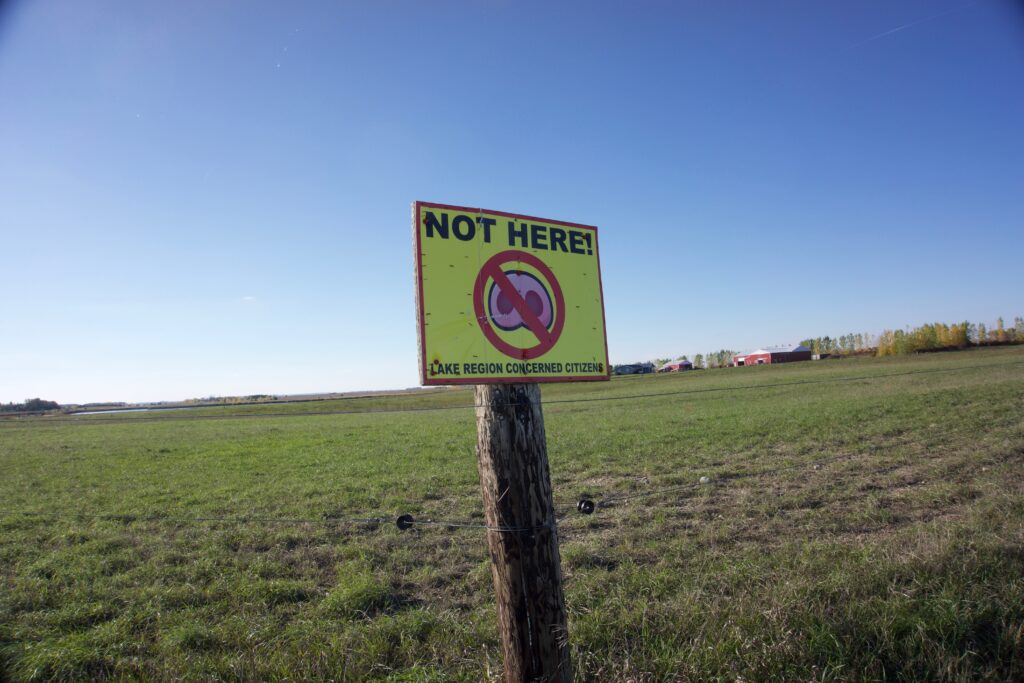
State data cited by the E.P.A. show that nearly 400,000 people live in the area of Southeast Minnesota affected by high nitrate concentrations from agriculture. Nearly 94,000 rely on private wells as their primary source of drinking water and nearly 9,300 people are “at risk of consuming water at or above the maximum contaminant level for nitrate.
The E.P.A. also called on Minnesota agencies to establish two new rules to limit nitrate pollution from large dairy, swine, and cattle operations, and to enforce violations.
- The agency said it wants Minnesota to require livestock operatives to install monitoring wells around their feedlots and along in the fields where nitrogen-rich manure is spread.
- The E.P.A. wants the state to strengthen rules for when, where, and how livestock operations spread manure and commercial fertilizer on their land to limit nitrate contamination.
- Third, the “E.P.A. expects Minnesota to hold sources of nitrate accountable using all available tools to reduce the amount of nitrate they release to ground water.”
Neither state authorities nor agriculture trade associations responded to requests for interviews.
Nitrates form when nitrogen from commercial fertilizer and manure are exposed to oxygen. The three Minnesota agencies responsible for addressing water pollution have been well aware for decades of nitrate contamination in the southeast region of the state. Crop and livestock production accounts for roughly 70 percent of the state’s nitrate pollution, according to the Minnesota Pollution Control Agency.
In Winona County, for instance, much of the groundwater in the porous limestone beneath the surface is contaminated with some of the nation’s highest levels of nitrates, according to state data. Close to 200 wells in the county have been contaminated with nitrates at levels higher than what federal officials consider safe.
Nitrates are linked to a range of health problems, including heart and lung problems, and certain cancers. Nitrates are known to be particularly dangerous for babies. Health researchers in Iowa have found mounting evidence that drinking water with elevated levels of nitrate are linked to bladder and doubled the risk of ovarian cancer in women.
— Keith Schneider
